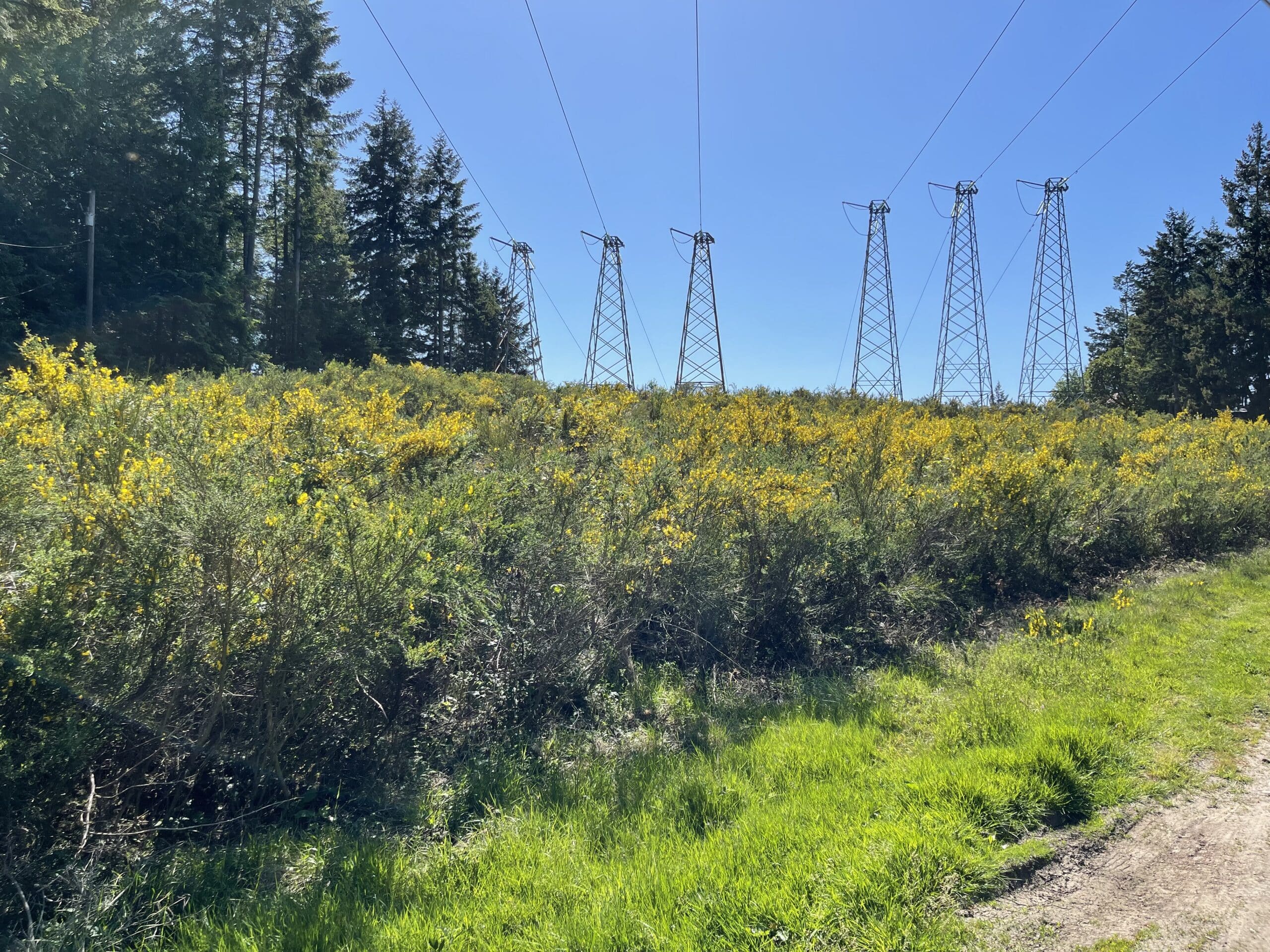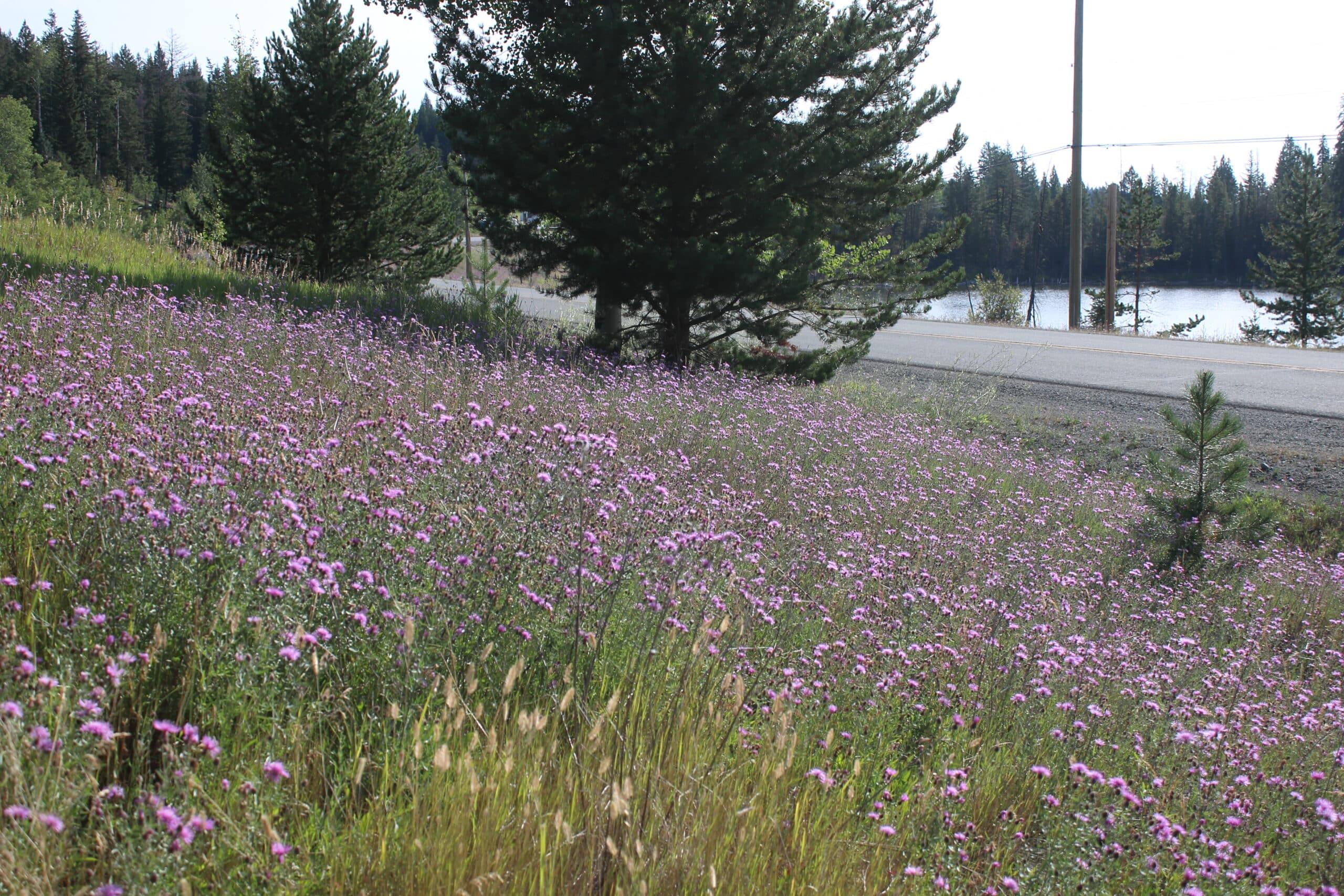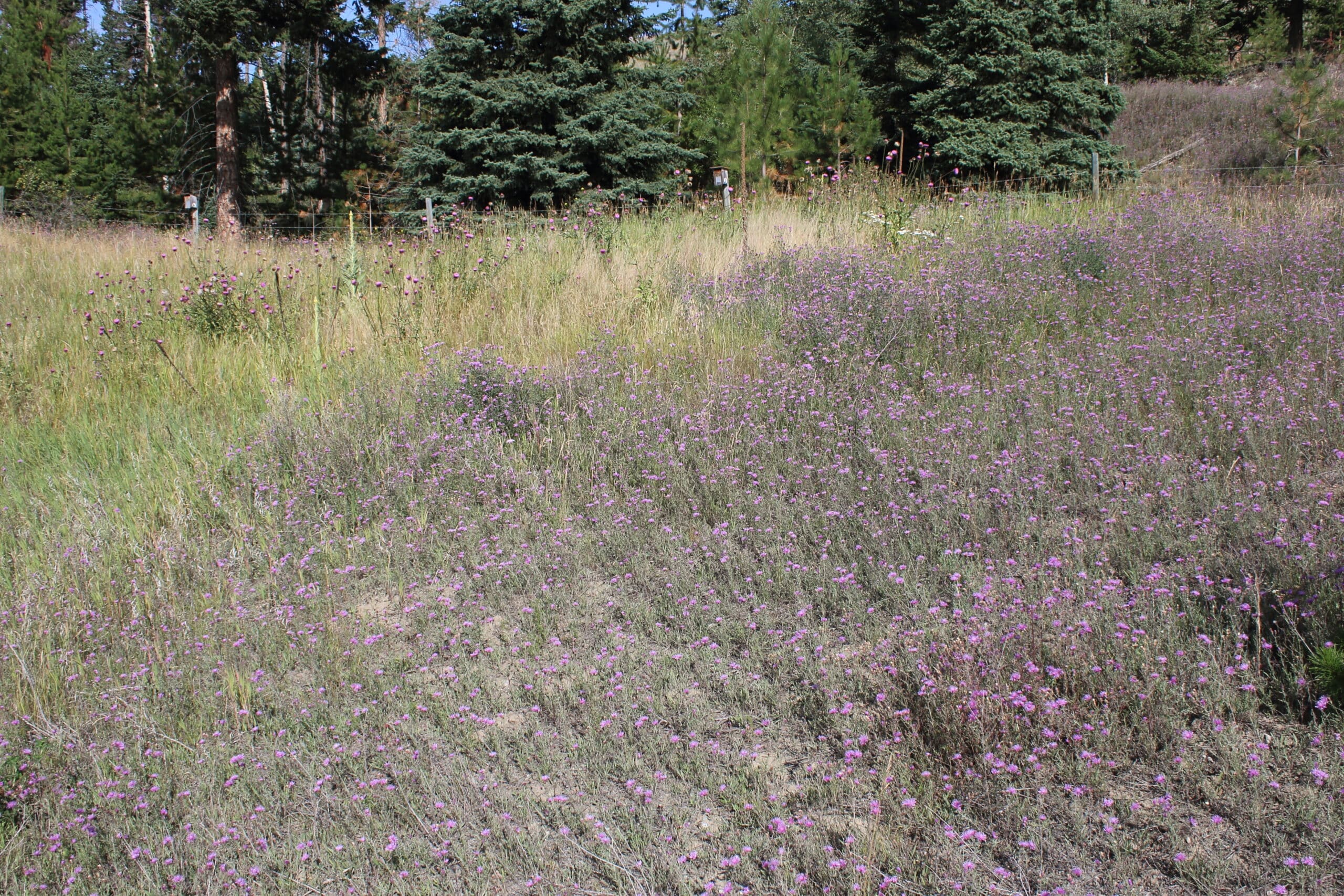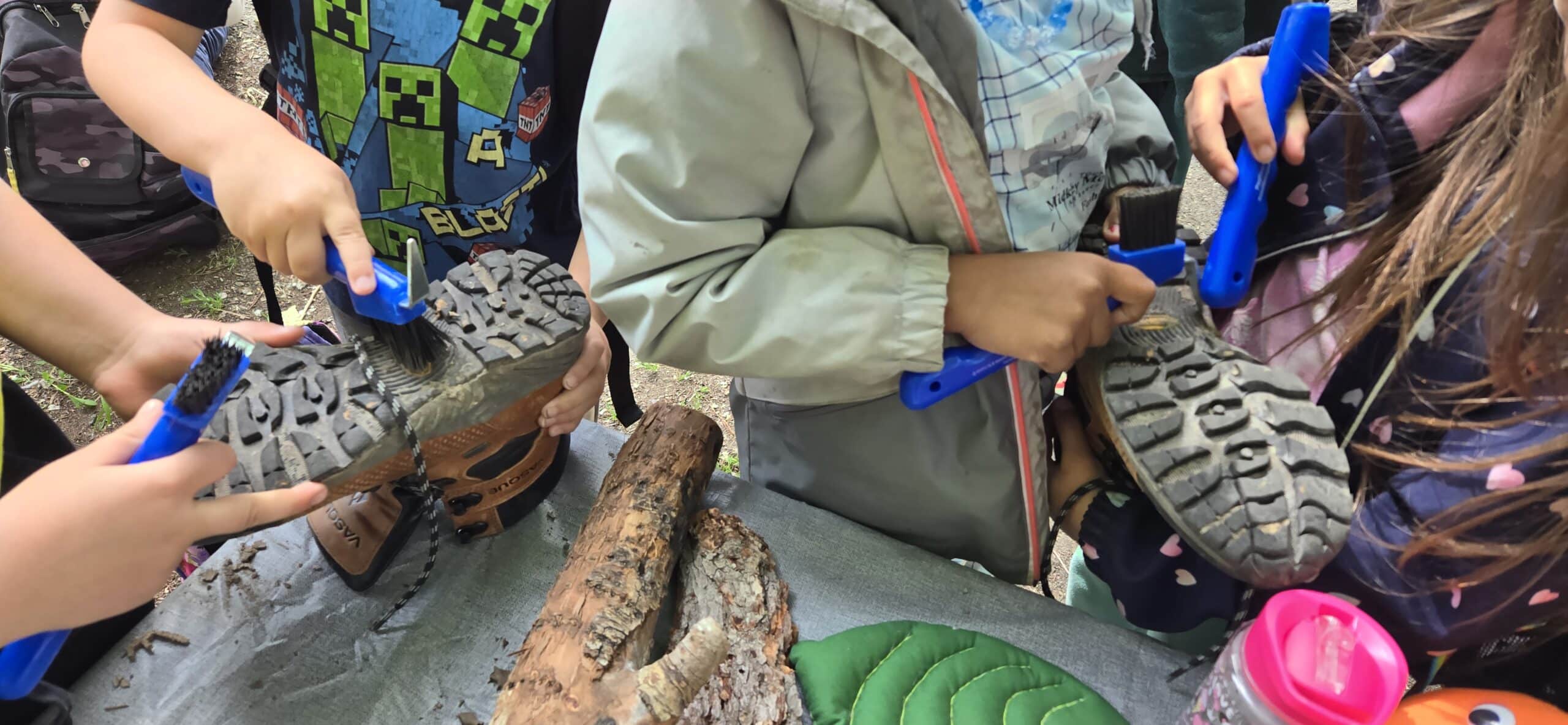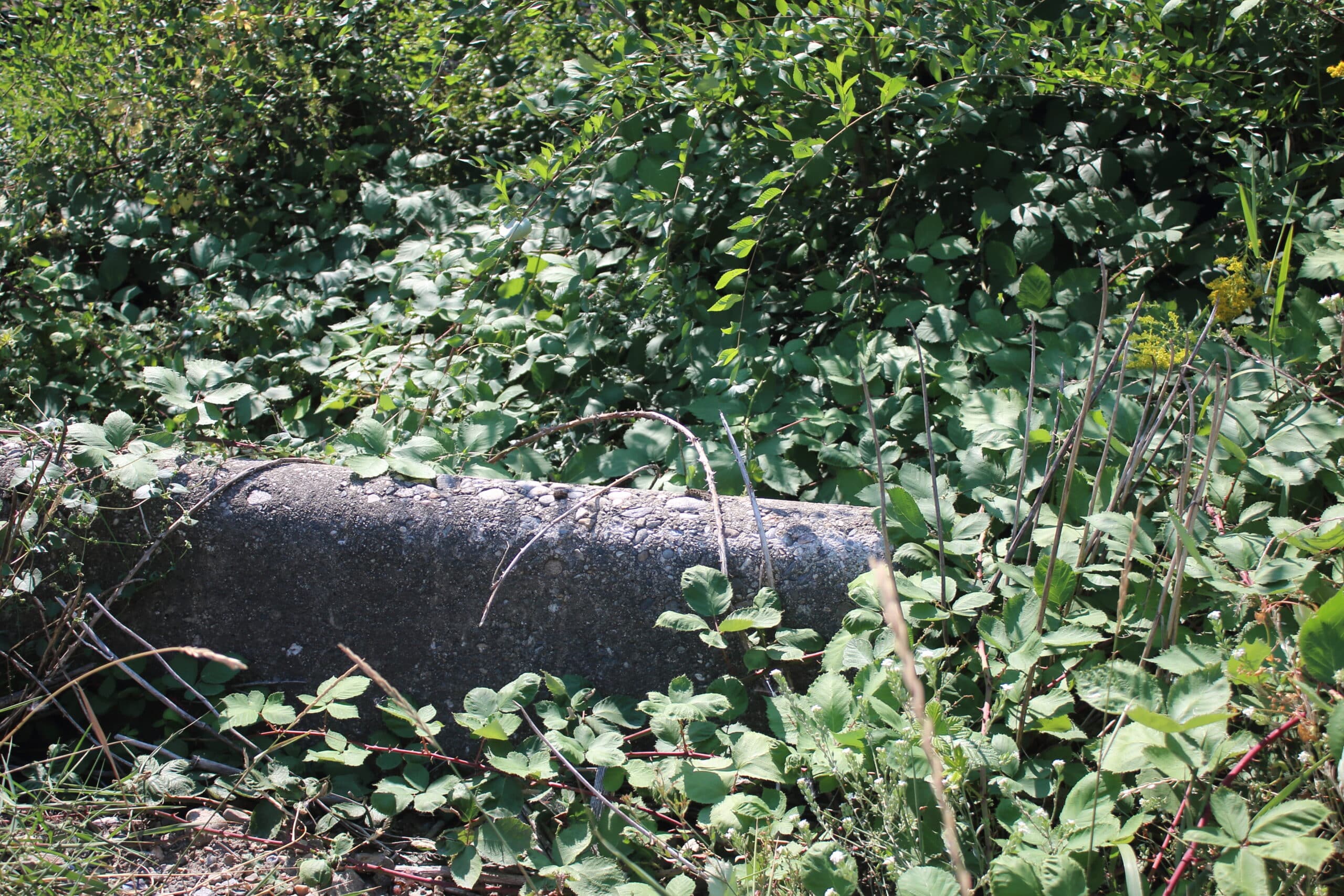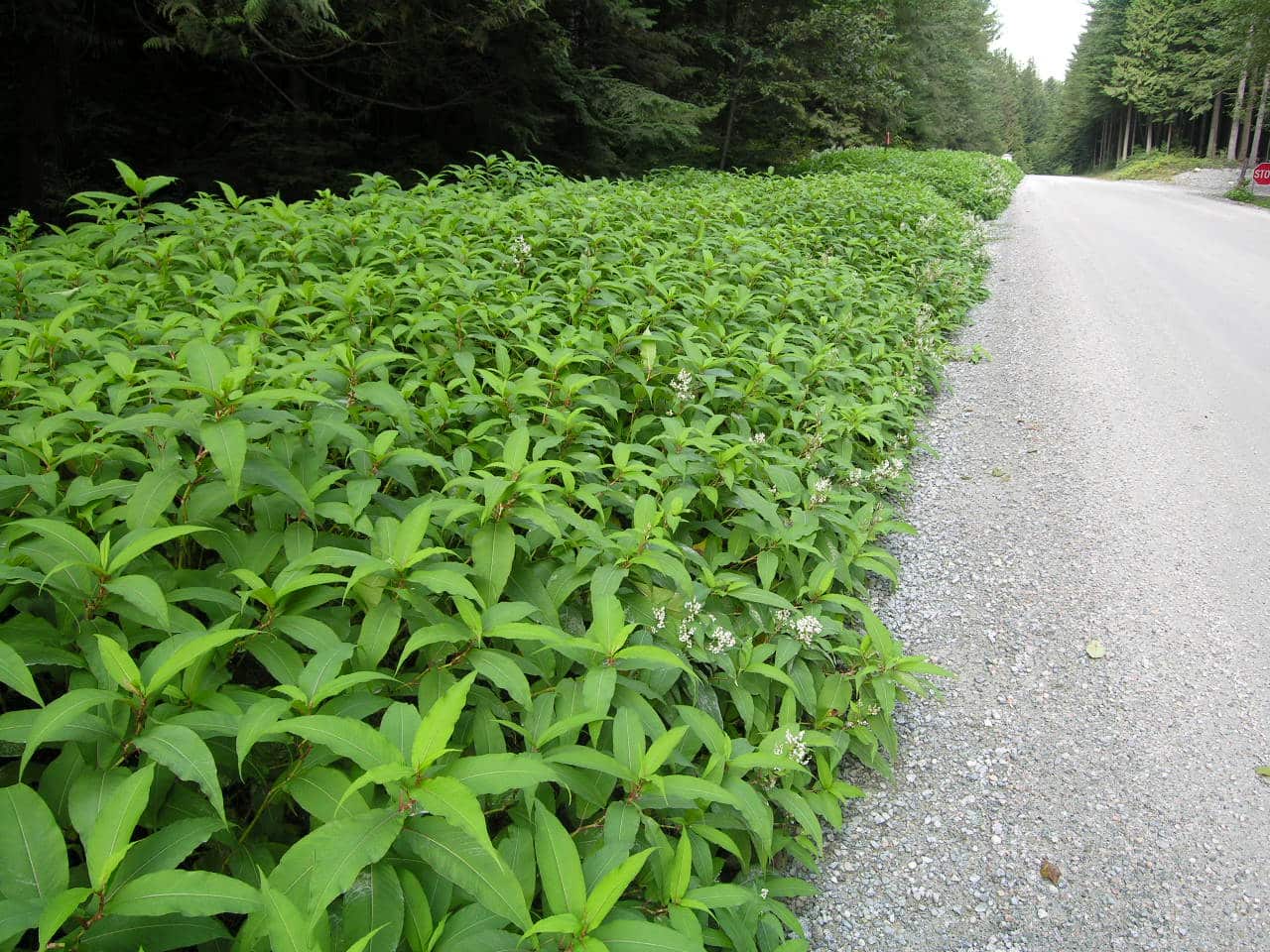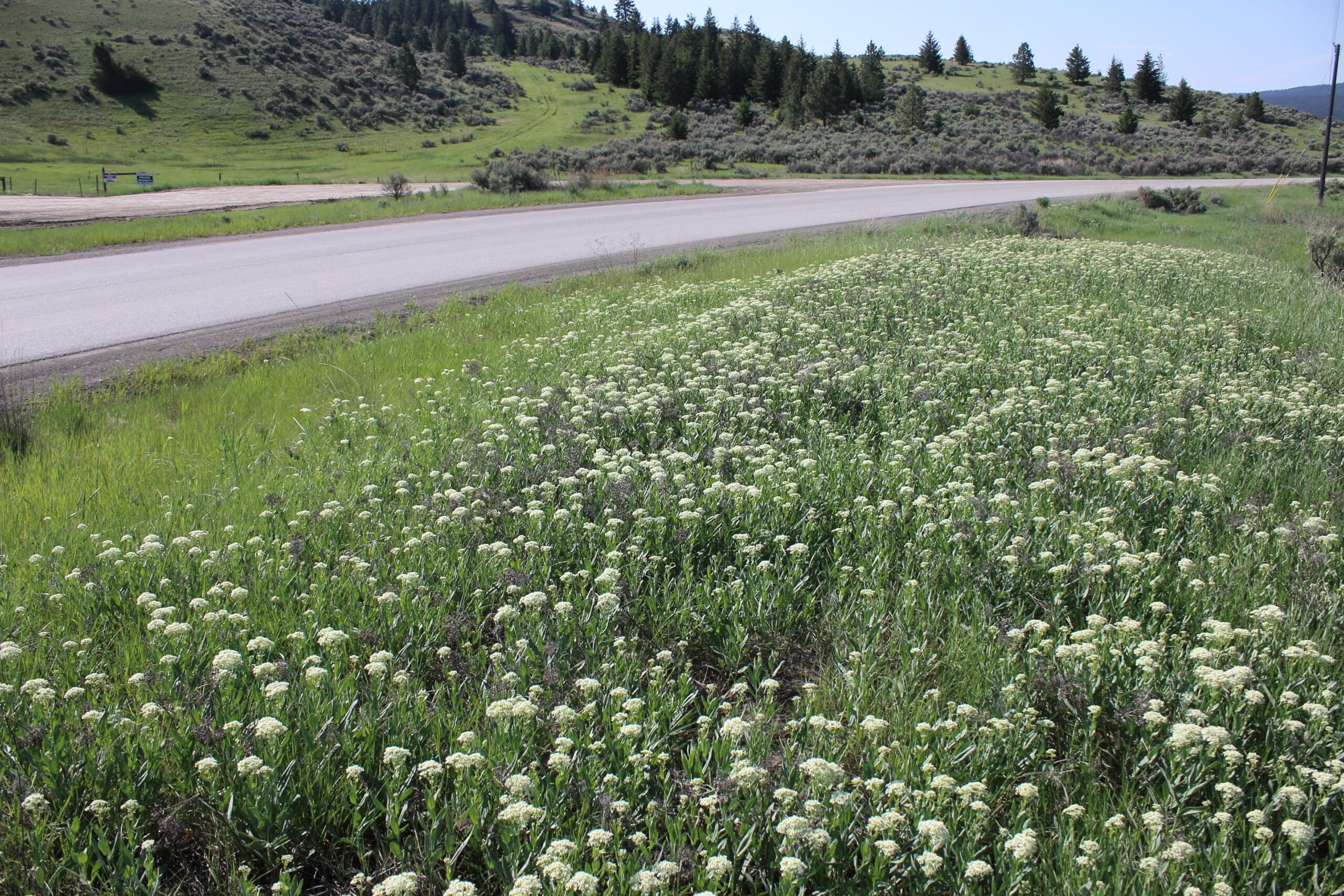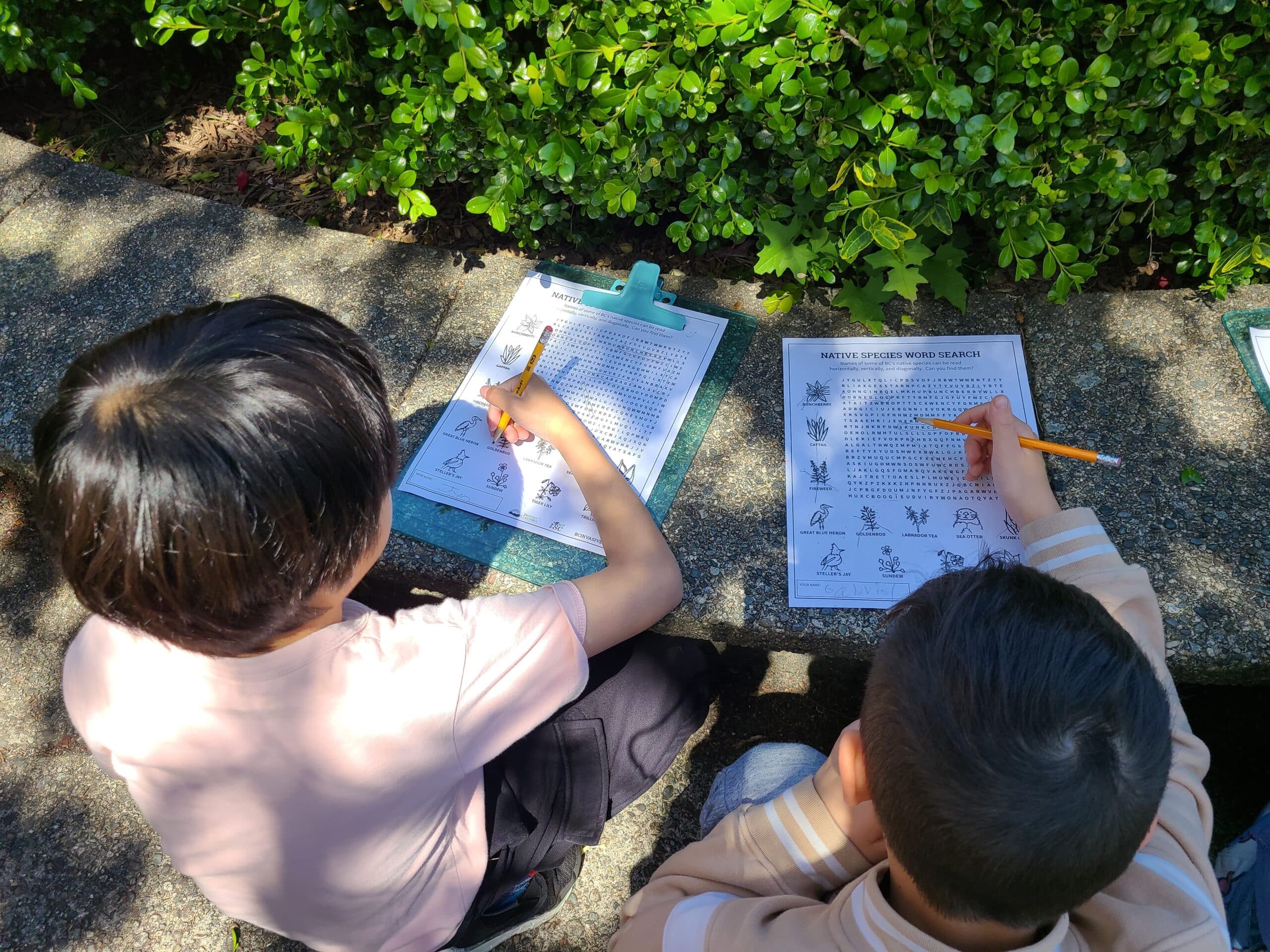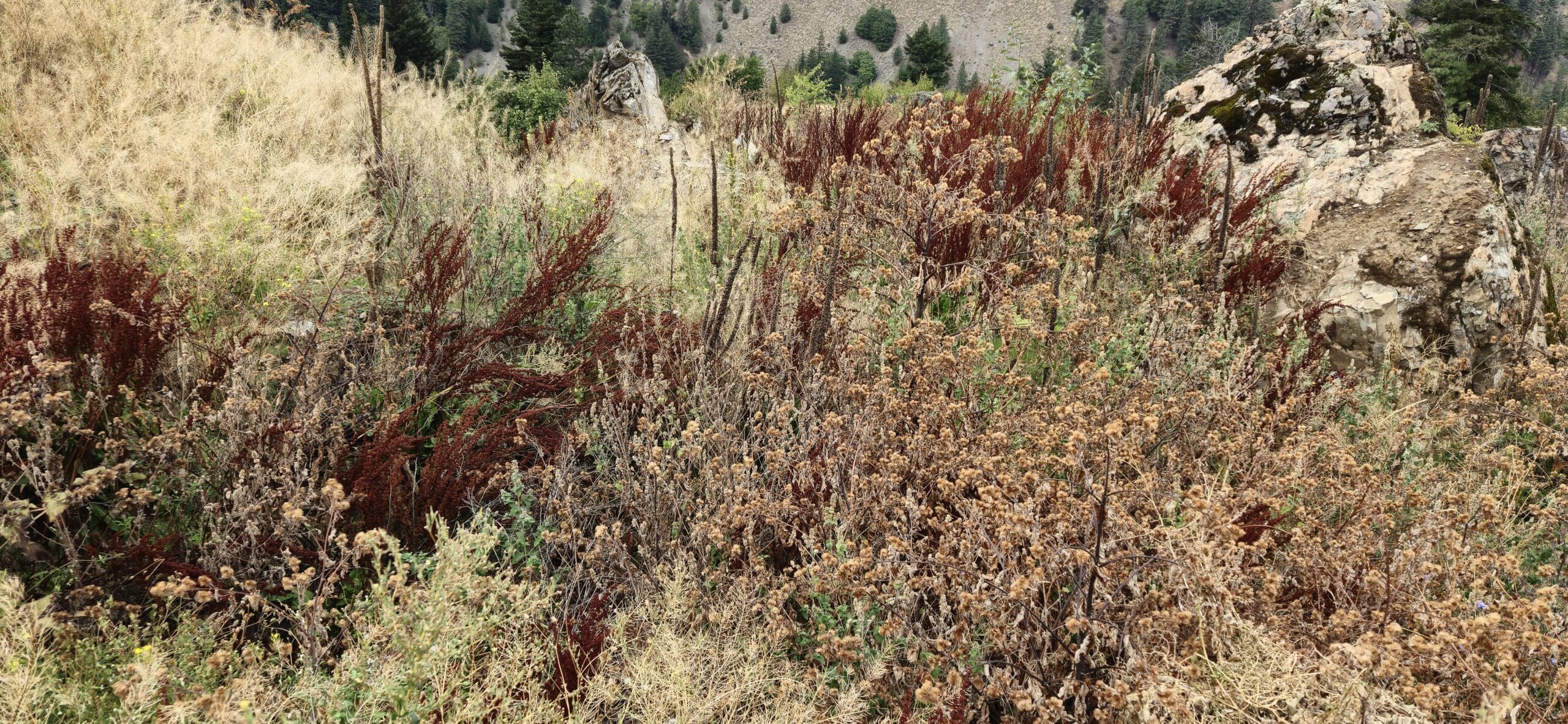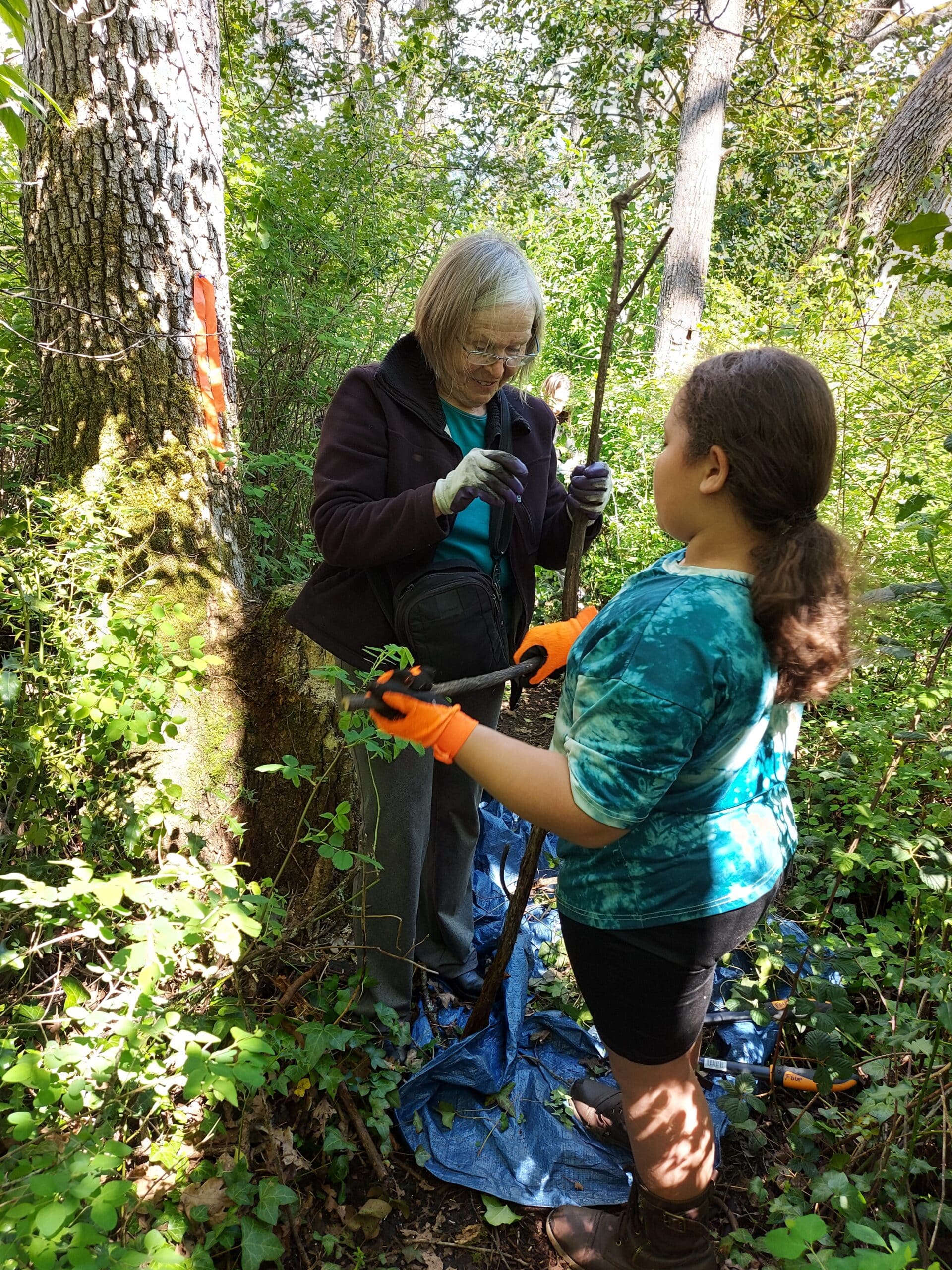April 17, 2025, 12:00 PM to 2:00 pm Pacific Time.
Attention landscapers and arborists, local government managers or practitioners! In June 2024, the Canadian Food Inspection Agency (CFIA) confirmed Dutch Elm Disease (DED) caused by Ophiostoma novo-ulmi in multiple American elm trees in British Columbia (B.C.) in the Kootenay Boundary Regional District.
The introduction of this disease poses a significant threat to both the nursery industry and to landscape plantings of elm in the province. If you are curious to know more about DED, please register to join us on April 17th for a seminar co-hosted by the Invasive Species Council of BC and the BC Landscape and Nursery Association. Come and learn from experts about the disease, the biology, regulations, research, what establishment might mean for industry, what’s happening in Alberta and the plans for response in BC. Continuing educational credits are available for this seminar.
Speakers
Coreen Rodger Berrisford
BC Landscape and Nursery Association
Executive Director
Presentation Title: DED in BC: Industry Impacts and Actions
Summary: Coreen will be introducing the number and approximate value of Elm trees in production, how our growers have been managing for this disease and protecting their shipments to buyers.
Bio: Coreen is the Executive Director for the BC Landscape & Nursery Association. She is a professional agrologist and agricultural economist. She is co-chairing the BC Plant Protection Advisory Committee Dutch Elm Disease Technical Advisory Committee and Chairs the Industry Dutch Elm Disease Working Group. Coreen also works on Japanese Beetle eradication and Emerald Ash Borer education and other invasive species of economic concern to her industry.

Andrea Saunders
Canadian Food Inspection Agency
Acting Operations Specialist, Plant Health
Presentation Title: CFIA’s Overview of Dutch Elm Disease in Canada
Summary: The Canadian Food Inspection Agency’s (CFIA) plant health mandate includes measures to prevent the importation, exportation and spread of pests injurious to plants. The CFIA maintains a list of pests regulated by Canada, which includes the two fungal species that cause Dutch elm disease (DED), Ophiostoma ulmi (Buisman) and Ophiostoma novo-ulmi (Brasier). The CFIA regulates the importation and domestic movement of high-risk material from DED-regulated areas to non-regulated areas in Canada.
This presentation will discuss the background, biology and current regulatory status of Dutch elm disease in Canada. An update will also be provided on the status of Dutch elm disease in the Province of British Columbia.
Bio: Andrea obtained a Master of Science degree specializing in Entomology in 2000 from the University of Alberta. She joined the Canadian Food Inspection Agency (CFIA) in 2003 as an inspector in Plant Protection. This gave her valuable hands-on experience working in various areas including horticulture and forestry in northern Alberta. In 2008, she took on the role as Regional Program Officer where she supported inspection staff with surveys that included tree health assessments, outreach work and collaboration with stakeholders, such as the Society To Prevent Dutch Elm Disease (STOPDED), Landscape Alberta, and other government departments. Since April 2021, Andrea has been on acting assignments with a National CFIA Group and most recently with the Western Area where she has supported regional CFIA staff when DED was first detected in three separate locations: 1) Lethbridge, AB in 2020; 2) the West Kootenay region, BC in 2024; and 3) Edmonton, AB in 2024. She lives in Edmonton with her husband and their two daughters.

Dr. Richard Hamelin
University of British Columbia
Professor
Presentation Title: Genomic Detection and Monitoring of the Dutch Elm Disease
Summary: Dutch Elm Disease (DED), caused by the fungal pathogens Ophiostoma ulmi and O. novo-ulmi, has caused the death of billions of elm trees in North America and Europe. In Canada, DED is present in most regions, including Quebec, Ontario, Manitoba and Saskatchewan, where it caused economic losses exceeding $2.5B. Recently, it was discovered in Edmonton and around Trail, BC. DED reduces the ecological roles of elm trees as native species in urban and forest ecosystems. Management efforts focus on monitoring and preventing the spread of the disease from infected areas. Early identification is essential for mitigation, especially at the western front of the pandemic. Current detection methods rely on visual symptoms, including flagging and brown discoloration under the bark, which are often unreliable given that similar symptoms are caused by other pathogens. Additionally, traditional laboratory culture for identification requires 5 to 15 days. Our research aims to develop a rapid, on-site DNA detection tool for DED, and to compare laboratory qPCR with field-ready qPCR and LAMP assays. The qPCR assay has proven accurate, giving no false positives or negatives among all 63 isolates sampled from 16 locations. The LAMP assay, though faster (30 minutes), is less specific, showing some false positives. Future work will refine the detection tools by developing multiplex qPCR primers and probes to enhance specificity and accuracy and creating a simple on-site workflow for field use.
Bio: Dr. Richard Hamelin obtained a B. Sc. from McGill University (1982), a Master’s of Pest Management from Simon Fraser University (1986) and a PhD from the University of Kentucky (1990). He works on pressing forest health issues such as invasive pathogens and pests and climate change. He has developed tools for pathogen detection and novel genomic approaches for pathogen surveillance. He has trained 60 graduate students, post-doctoral fellows and research staff, published over 200 peer-reviewed scientific articles and delivered more than 300 presentations around the world. He was president of the Canadian Phytopathological Society and the Quebec Society for Plant Protection. He is a Fellow of the American Phytopathological Society, and received the International Union of Forest Research Organization Scientific Achievement Award, the Queen Elizabeth II Diamond Jubilee award, the Canadian Institute of Forestry Scientific Achievement Award and Merit Awards from Natural Resources Canada, the Canadian Forest service, the Canadian Food Inspection Agency, and the Quebec Society for Plant Protection.

Janet Feddes-Calpas
Society To Prevent Dutch Elm Disease (STOPDED) Alberta
Executive Director
Presentation Title: Working to prevent the introduction and establishment of DED in Alberta
Summary: Janet will discuss the efforts of STOPDED Alberta have taken to to foster and promote the survival of the American elm (Ulmus americana) in Alberta, and to protect Alberta’s landscape trees threatened by DED.
Bio: Janet has 25 years of experience administrating and operating the Provincial Dutch Elm Disease Prevention program in Alberta. Five years with Alberta Agriculture and the past 20 years with STOPDED where she was also the Executive Director of STOPDED. Janet coordinates the provincial elm bark beetle monitoring program, surveillance for DED and conducts public awareness campaigns to support DED prevention/control efforts which includes operating the DED hotline. In addition, Janet helps CFIA’s efforts to prevent the emerald ash borer (EAB) and invasive wood boring insects in Alberta by coordinating annual surveys. Janet was responsible for organizing the completion of province-wide elm inventory in 1999.

Grahame Gielens
BC Ministry of Transportation and Transit
Environmental Roadside Manager
Presentation Title: Operational treatment of Dutch elm disease-infected trees on Ministry of Transportation and Transit jurisdiction
Summary: The Ministry of Transportation and Transit recently removed two Dutch-elm disease-infected American elms on its jurisdiction in Rossland and Warfield. I will share details on how the work was planned, coordinated, and carried out with recommendations for other land managers who may need to perform similar work.
Bio: Grahame Gielens is the Environmental Roadside Manager with the BC Ministry of Transportation and Transit where he mainly oversees invasive plant management on MOTT jurisdiction across BC. He is based in Kamloops in the territory of the Tkʼemlúps te Secwépemc people.

Tracy Hueppelsheuser
BC Ministry of Agriculture and Food
Director, Plant Health
Presentation Title: Survey Proposal for Dutch Elm Disease in British Columbia – We can all play a part!
Summary: Dutch Elm Disease (DED) has recently been detected in one area of BC and is a risk to all BC elm trees. Most elms are grown as urban trees in cities and towns across the province. Additionally, there are feral elms along roadsides and unmanaged areas.
There are no recent surveys for DED in BC. We propose a community science approach to begin to address this lack of important information. Staff in cities and towns and local arborists in communities across BC already monitor their trees and take care of tree health. We ask that tree practitioners look for suspect symptoms, collect if found, and submit samples to the BC Plant Health Lab for DED testing.
This approach will enable and inform the local communities and give an opportunity for testing. The costs of lab tests will be free to the submitter. While we will not get the whole province sampled in one year, I anticipate this will be a start, and propose that it continue over the next 3 years. This information will aid in tree management and support trade of nursery stock.
Bio: Tracy Hueppelsheuser has been Director of Plant Health since January 2024. Prior to that, she was a Provincial Entomologist for the British Columbia Ministry of Agriculture and Food based in Abbotsford.
The Plant Health Unit works on biology and pest management of established and new plant diseases and insect species that impact BC agriculture. This includes the Plant Health Laboratory, plant disease and insect identification, outreach and extension activities, policy and regulation development, and some surveillance.
The Ministry works closely with other organizations with similar mandates and goals.





